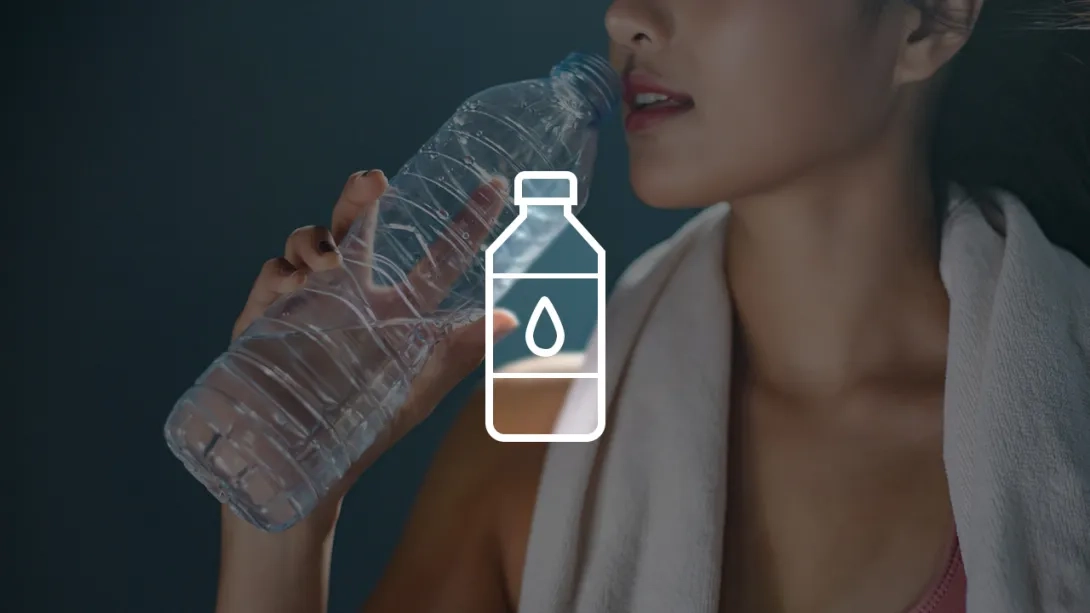The concept of "drinking water" is quite broad. To determine what is safe to drink, one must first understand the concept of MAC (Maximum Allowable Concentration). MAC refers to the highest concentration of chemical elements and their compounds in the environment that, with daily exposure over a long period, does not cause pathological changes or diseases detectable by modern research methods at any stage of life, including future generations. Sounds vague, doesn’t it? However, it’s important to note that all national standards (in our case, DSTU) are based on certain MAC values obtained through research or calculations.
According to these standards, drinking water includes tap water, water purified through industrial and household filtration systems, and bottled water.
Regulatory documents
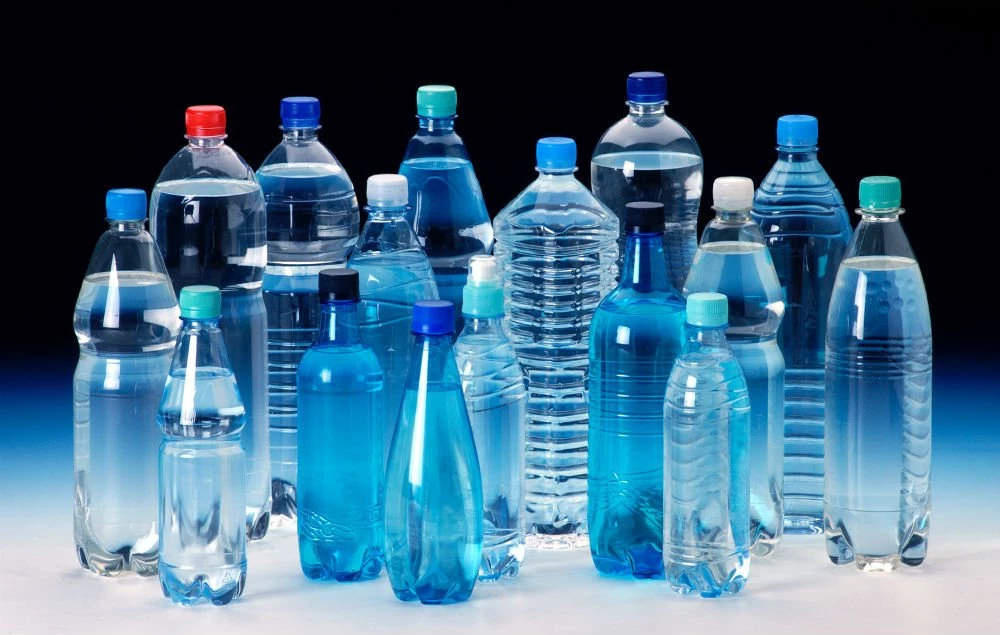
In Ukraine, the quality of drinking water is determined by the regulatory document “Hygienic Requirements for Drinking Water Intended for Human Consumption” (DSanPiN 2.2.4-171-10). This document sets the maximum allowable concentrations of substances in tap water, well water, spring water, and bottled water.
If you examine the table of standards, you'll notice that the requirements for bottled water are quite lenient and, in many cases, similar to those for tap water. Bottled drinking water may contain small amounts of heavy metals, toxic organic and chlorinated compounds, and other contaminants harmful to human health, such as lead, copper, petroleum products, anionic surfactants, and trihalomethanes. However, manufacturers are not required to disclose the complete composition of the water on the packaging.
Which bottled water is best?
It’s important to note that there are three main types of bottled water:
Table Water – Designed for daily, unrestricted consumption, with a mineralization level below 1 g/L. It meets national drinking water standards and is optimal in terms of physical quality.
Medicinal-Table Water – Contains 1-10 g/L of minerals, with other biologically active components below specified limits. This water can be consumed periodically or for a limited time by healthy individuals.
Natural Mineral Water – Contains a specific set of minerals and trace elements, with a total mineralization level exceeding 10 g/L. It may also include other biologically active substances above standard thresholds. Consult a doctor before drinking such water regularly.
Ukraine has more than 500 sources of mineral water. Some of the most popular bottled mineral waters include: Svalyava, Polyana Kvasova, Podilska, Morshynska, Myrhorodska, Shayanska, and Kuyalnyk.
Scientific studies confirm that mineral water can be beneficial for:
Replenishing essential microelements instead of using medical supplements
Preventing kidney stones
Nasal irrigation for chronic rhinitis
Preventing and treating constipation and gastrointestinal diseases
Purified tap water
Another common source of bottled water is purified tap water, which undergoes multiple filtration stages. There are different types of purified water:
Demineralized water – Best used for cooking.
Water with added calcium and magnesium – Suitable for drinking and preparing beverages.
Iodized water – Not recommended by doctors because a balanced diet provides sufficient iodine, and deficiencies should be addressed with specialized supplements.
Water with silver ions – Has a longer shelf life but offers no proven health benefits.
If properly treated, such water is safe and even beneficial.
This water is packaged in single-use bottles and large reusable containers (11.8L and 19.8L). Home delivery services are popular, but it’s crucial to buy from trusted manufacturers to ensure sterile packaging and certified quality.
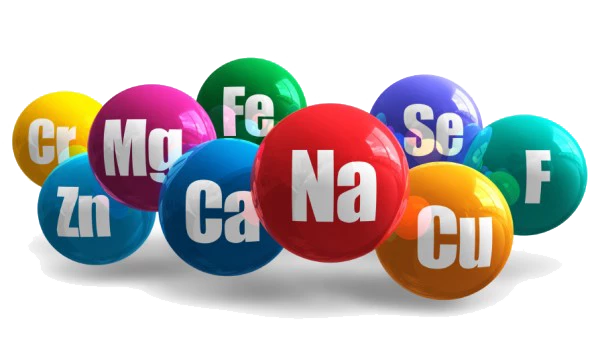
Why doesn’t bottled water spoil?
Many people wonder how bottled water stays fresh for so long. The key reason is sterilization: water is purified, bottled in sterile containers, and hermetically sealed. Single-use plastic bottles cannot be reused.
In Ukraine, only two preservatives are legally allowed in bottled water:
Carbon dioxide (CO₂) – Also known as food additive E290, it acts as a preservative, antioxidant, and acidity regulator. Although generally safe, CO₂ can irritate the stomach lining, increase the absorption of substances, and cause bloating and belching. The maximum allowable concentration is 0.2–0.6%.
Silver – Has antibacterial properties due to its oligodynamic effect. This method of disinfection is relatively effective.
However, some Ukrainian and international manufacturers add other preservatives and oxidizers, such as chlorine compounds, sodium benzoate, or potassium sorbate.
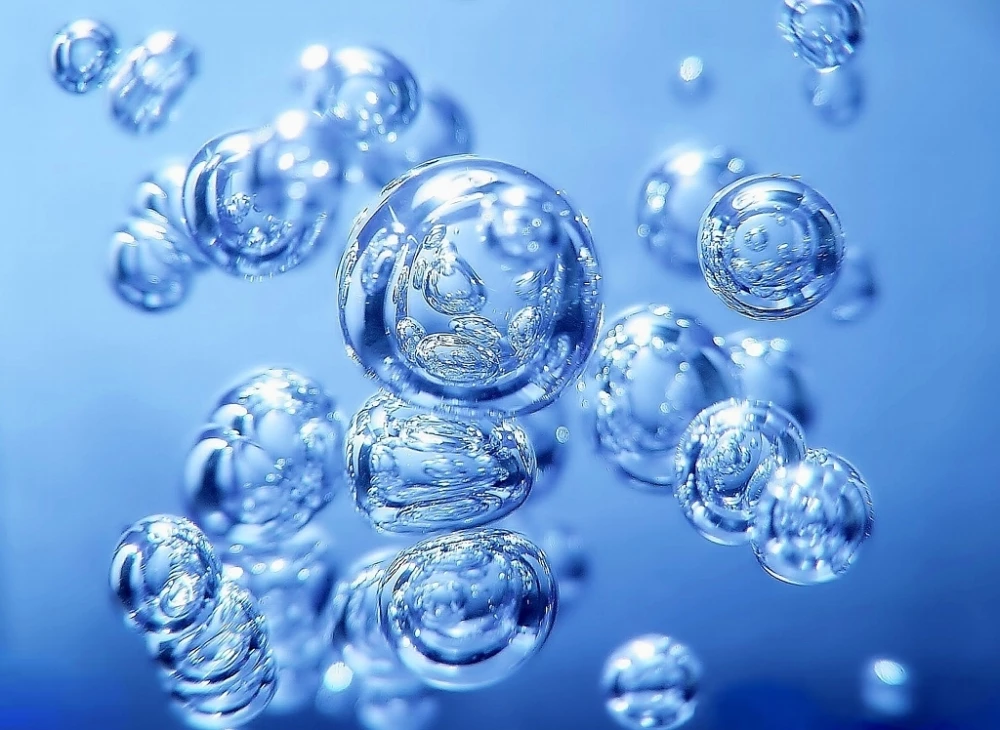
Concerns about bottled water safety
The Dumansky Institute of Colloid and Water Chemistry regularly tests bottled water by introducing microorganisms into it. Over 50% of their studies have detected unauthorized disinfectants in bottled water. You can find more information by searching "best bottled water Dumansky Institute."
The plastic (polyethylene) used for bottles may contain bisphenol A (BPA), a chemical with potential long-term carcinogenic effects.
To reduce risks:
Do not reuse plastic bottles.
Avoid leaving bottled water in direct sunlight – UV rays can degrade the plastic, releasing microplastics into the water.
Choose glass bottles whenever possible.
Another downside of plastic bottles is their environmental impact. A single plastic bottle takes 700–1000 years to decompose. If not recycled, it pollutes the environment and releases toxins into the ecosystem.
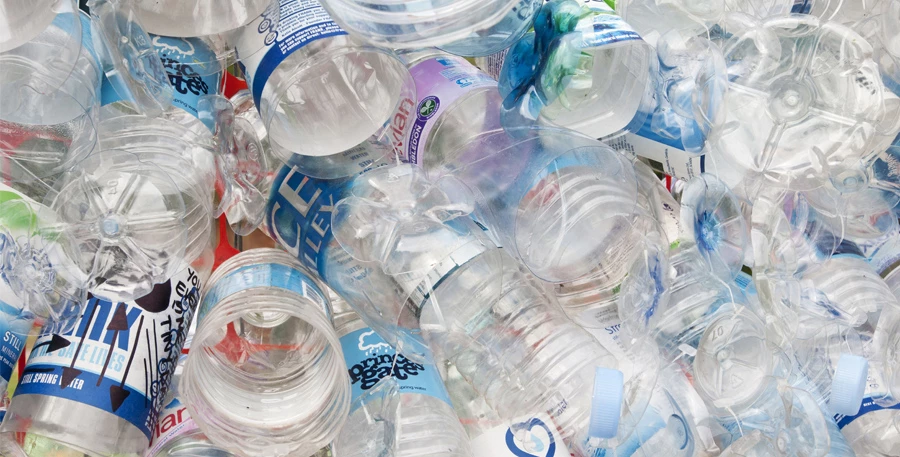
We encourage you to recycle every plastic water bottle to help protect the planet.
